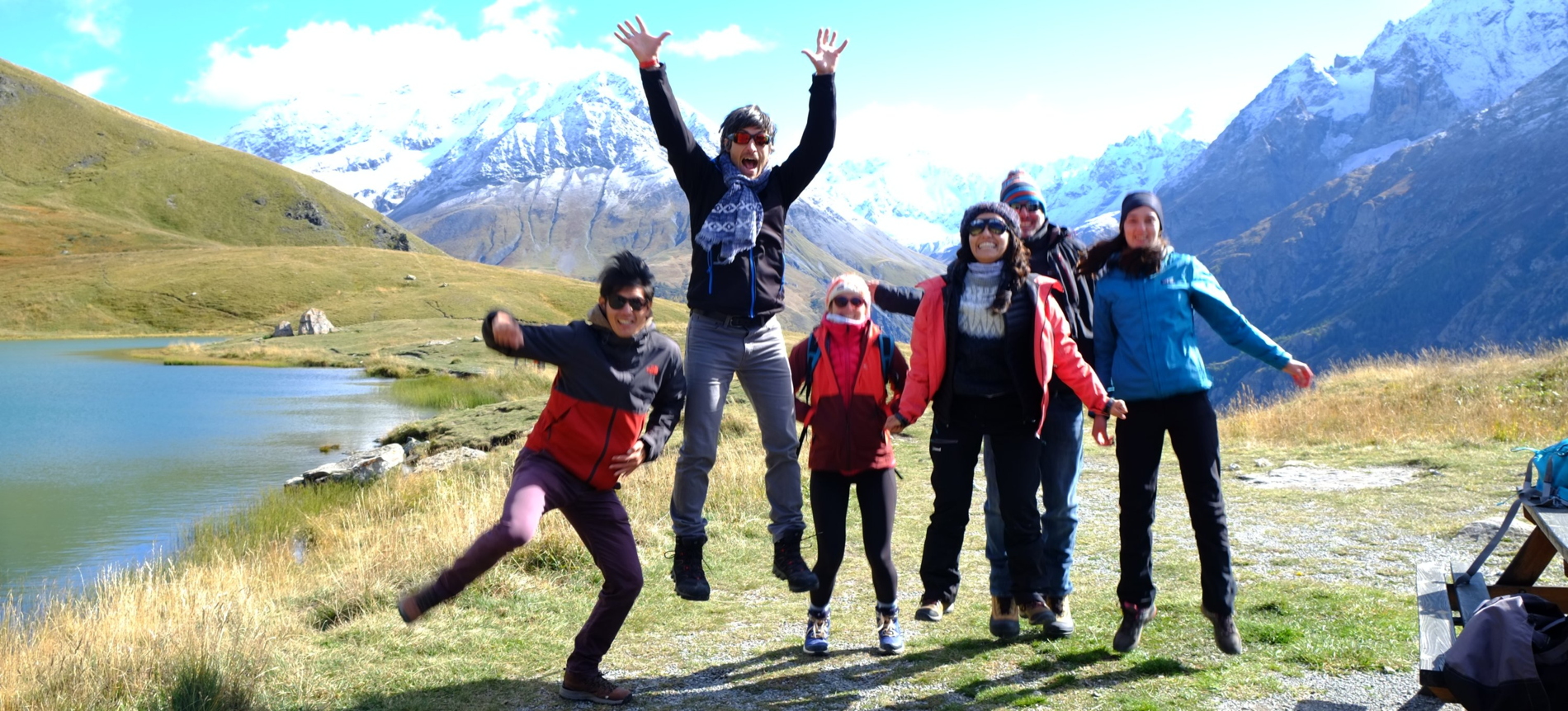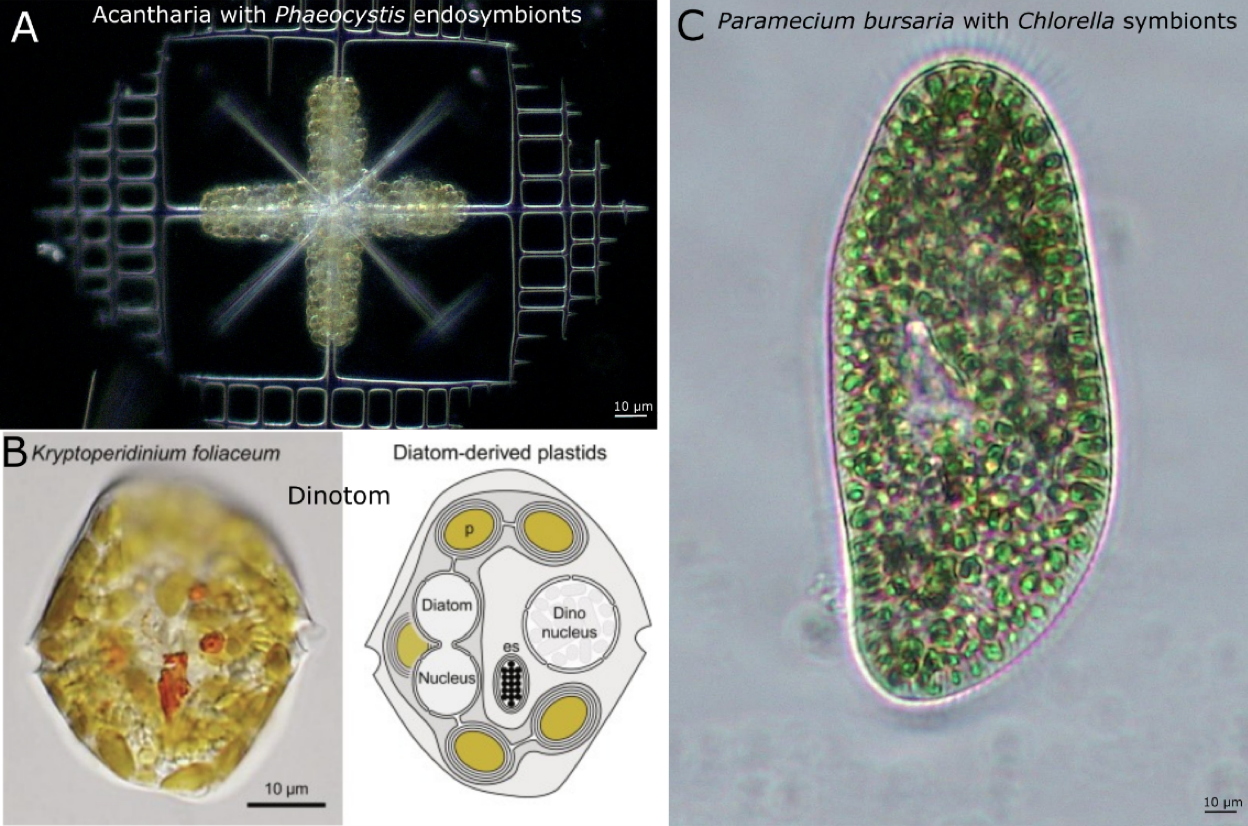 Team leader
Team leader
 Address
Address Laboratoire Physiologie Cellulaire & Végétale
CEA-Grenoble
17 avenue des Martyrs
38 054 Grenoble cedex 09
France
 Members of the team
Members of the team


 Keywords
Keywordssymbiosis, microalgae, phytoplankton, oceanic plankton, subcellular imaging, carbon metabolism, 3D imaging
 Research Topic
Research TopicSymbiosis between heterotrophic hosts and microalgae (photosymbiosis) is a widespread and ecologically important phenomenon in aquatic ecosystems. During the evolutionary history of eukaryotes, photosymbiosis was the first initial step that led to the acquisition of chloroplasts and diversitifcation of microalgae and plants. While knowledge of the diversity of symbiotic partners has improved in recent years, the underlying mechanisms and more specifically the metabolic interactions remain poorly understood. In the team Photosymbiosis, we investigate the metabolic connection between symbiotic partners in freshwater and marine unicellular models to understand the functioning of the partnership, with a particular focus on the carbon metabolism. In combination with omics analyses (transcriptomics and metabolomics), we use different nanoscale imaging techniques, such as 3D electron microscopy and chemical imaging platforms (
e.g. nanoSIMS and Synchrotron X-ray fluorescence). These imaging techniques allow us to
i) visualize the cellular architecture of the host and microalgae (focusing on the energy-producing organelles, such as chloroplast and mitochondria),
ii) visualize the nutrient composition of symbioses at the subcellular level, and to
iii) quantify the assimilation and transfer of carbon and nitrogen between partners in different experimental conditions. We are also working on the free-living stage of the microalgae that we maintain in culture in the lab in order to assess the degree of host control over symbiont metabolism.
Questions: How does the host accomodate and control an intracellular microalga? What are the physiological features of microalgae inside a host cell? What are the metabolites produced by the microalgae in symbiosis, and how they are transported to the host cell?
 Three models of photosymbiosis are studied in the Photosymbiosis team:Acantharia-Phaeocystis
Three models of photosymbiosis are studied in the Photosymbiosis team:Acantharia-Phaeocystis (A) and dinotoms-diatoms (B) symbioses, and the freshwater
Paramecium-Chlorella symbiosis (C). Each of this model represents a different level of integration of the algal cell into their host: intact microalgal cell (green cells) and reversible symbiosis in
Paramecium-Chlorella model (C), transformed microalgal cell (yellow cells) and irreversible symbiosis in
Acantharia-Phaeocystis model (A), and transformed microalgal cell transmitted through host generation and irreversible symbiosis in dinotoms (B; Micrograph by Gert Hansen).